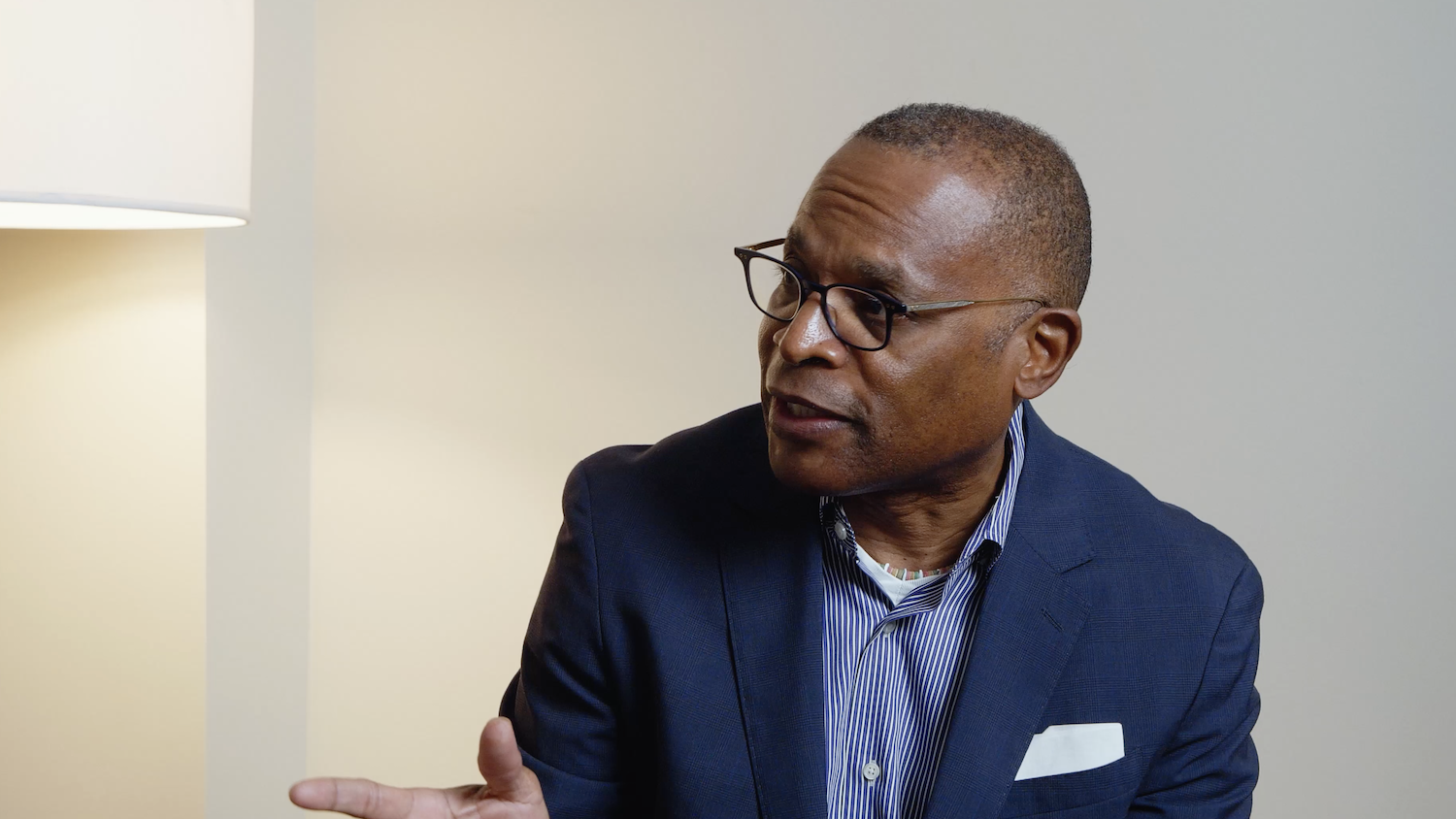The Six Mistakes Executives Make in Risk Management
This article, authored by Nassim N. Taleb, Daniel G. Goldstein, and Mark W. Spitznagel, notes there is no easy way to predict the occurrence of low-probability, high impact events. Risk managers need to avoid six key mistakes in order to change their ways of thinking about risks and to lessen their vulnerability to so-called “black swans.”
Mistake 1: We think we can manage risk by predicting extreme events.
In the business environment, it is common for management to focus on extreme events while leaving out other possibilities for risks to occur. Instead of trying to predict types of extreme events, managers should estimate the possible impact of one of these extremely risky events and think through their plans in the event an extreme event occurs. When taking on opportunities, management should consider the impact and consequences up front instead of worrying about all the possibilities for risk exposure. Said differently, organizations should focus their efforts on managing consequences to low probability, high impact risk events, rather than spend all their time on trying to predict the actual cause of a potential risk event.
Mistake 2: We are convinced that studying the past will help us manage risk.
Major black swan events cannot be predicted. Business managers often use history to predict the occurrence of future events. It is important to abandon the notion that numbers and statistics are the same as probabilities in the real world: they are not. Sales forecasts, for example, can change at any given time. Success is nearly impossible to predict and businesses must be ready to take on the impact of a random event.
Mistake 3: We don’t listen to advice about what we shouldn’t do.
Business managers usually place more emphasis on growing profits instead of avoiding losses, according to this article. Risk managers need to treat loss avoidance and profit growth with the same level of importance. Although there are many more stories on positive events and success stories, managers must not forget the possibility of failure and learn ways to avoid it. In this article, the business environment is compared to a game of chess: “grand masters focus on avoiding errors; rookies try to win”. Sometimes, it is better to avoid certain risks now in order to have better success in the future.
Mistake 4: We assume risk can be measured by standard deviation.
Standard deviation should not be used when assessing and managing risk. Regression models, R-squares, and betas are also inaccurate means of measuring risks. Giving a precise measurement to risk is asking for trouble because managers will only prepare for the most probable situation. The most probable situation, as the current economic environment has illustrated, is not always the one that occurs. Using standard deviations complicate risk measurements and make them difficult to understand, even for professional mathematicians.
Mistake 5: We don’t appreciate that what’s mathematically equivalent isn’t psychologically so.
In addition to the mathematical complications of quantitative risk measurement, it is important to understand that different methods of communication can confuse listeners even if the same numbers are used. For example, “If you tell investors that, on average, they will lose all their money only every 30 years, they are more likely to invest than if you tell them they have a 3.3% chance of losing a certain amount each year”. The psychological interpretation of these two statements may create large differences in the number of people willing to take these risks even though the numbers are mathematically equivalent. When providing risk information to investors, shareholders, and other managers, think about the way risk is being described in order to understand the true measurement. This is also helpful when making business decisions: make sure that you consider equivalent measurements of risk so that you will not be fooled by psychology.
Mistake 6: We are taught that efficiency and maximizing shareholder value don’t tolerate redundancy.
According to Taleb, Goldstein, and Spitznagel, leverage makes companies fragile. Companies that “overspecialize” their production are limiting their ability to adapt to changes in the economic environment. Having less debt gives companies the opportunity to change with the times, while maintaining efficiency in their current business operations. Executives should focus on optimizing their profits by offering a variety of products or services instead of limiting themselves to one revenue stream.
The authors of this article also agree that executives should not receive compensation based on the amount of risks they are willing to take for the entity. Necessary incentives should have the option of being retracted if the company goes under. Senior executives who are not required to return bonuses will be less interested in maximizing shareholder value and will likely end up rich in the event of a blowout while leaving the shareholders with worthless stock.
Overall, it is important not to underestimate negative events. Human nature inflates positive possibilities and underestimates negative ones. Historically, leaders have failed because they neglected to realize their weaknesses and limits. Executives should focus on avoiding risks outside of their appetite and give as much or more consideration to managing the probabilities of future losses rather than future profits.
Original Article Source: “The Six Mistakes Executives Make in Risk Management“, Nassim N. Taleb, Daniel G. Goldstein, Mark W. Spitznagel, 2009
- Types:


